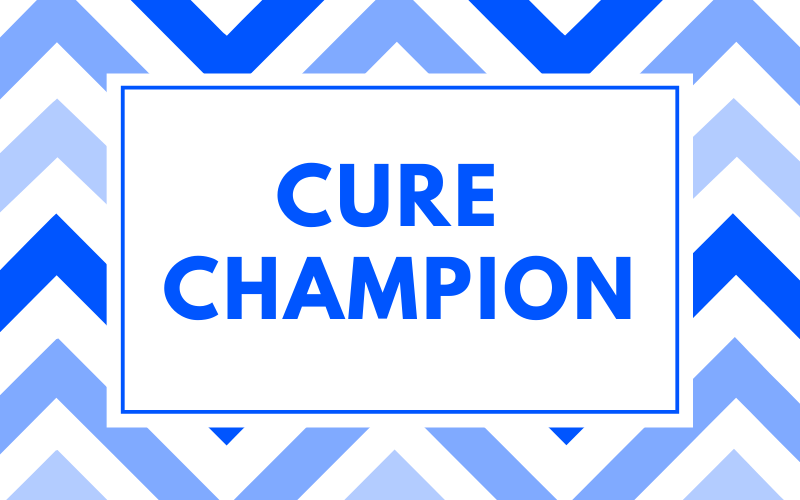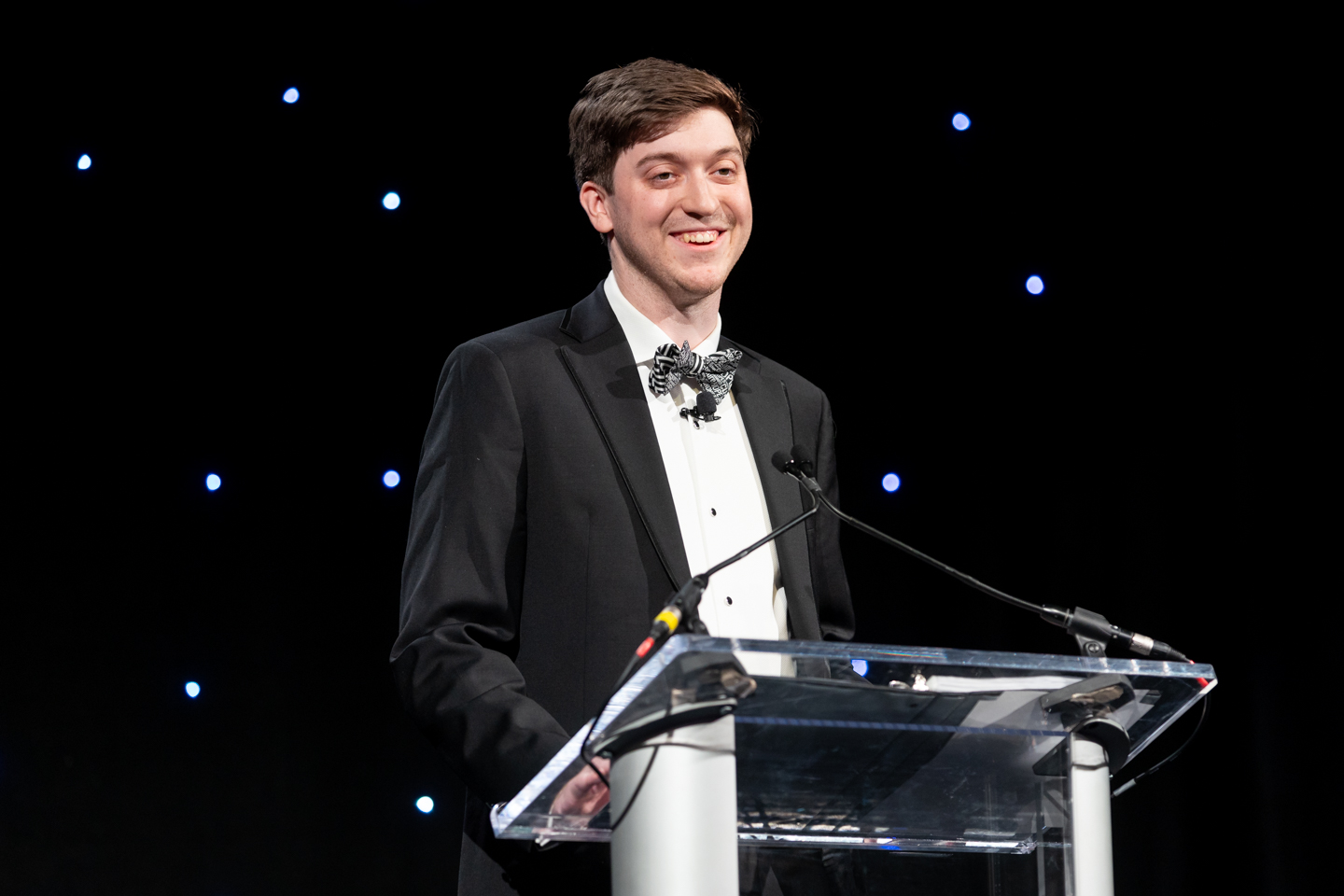June Cure Champion

 When I was first diagnosed with type 1 diabetes (T1D) at the age of 14, it almost didn’t feel real. I went into the doctor’s office that day because my mother made me and was certainly not expecting them to say a few words that would change my life. I sat there feeling numb, angry, and confused. As is the case with most people, I knew very little about what diabetes was, or how it would impact me. But after three days at Boston Children’s Hospital, I had learned enough to make some decisions: I was going to try to forget about it altogether whenever I could and keep acting like the “normal” kid I was before. I just needed to figure out how.
When I was first diagnosed with type 1 diabetes (T1D) at the age of 14, it almost didn’t feel real. I went into the doctor’s office that day because my mother made me and was certainly not expecting them to say a few words that would change my life. I sat there feeling numb, angry, and confused. As is the case with most people, I knew very little about what diabetes was, or how it would impact me. But after three days at Boston Children’s Hospital, I had learned enough to make some decisions: I was going to try to forget about it altogether whenever I could and keep acting like the “normal” kid I was before. I just needed to figure out how.
So, I went back to the eighth grade. I was already going to be the tall, lanky kid in high school, I didn’t want to add diabetic to my list of descriptors. I kept my blood sugar in as tight a range as possible, so I would feel good and be able to do all I did before. I took all my supplies and put them in the same kind of string bag that others used to hold their cleats and soccer socks. I put off switching to an insulin pump and CGM because I did not want anyone to see the medical devices on my body, and honestly, I didn’t want to see them myself.
Over time, however, I came to realize that diabetes is not something that can be cast aside and forgotten about. While it does not define me, it is a part of my identity. Of course, there’s a whole lot of thinking and care that goes into managing blood sugar. Some part of almost every day/night gets upended or rearranged as I deal with a high or a low, or find my site isn’t working. Changing my sites is better than injecting constantly, but it is still an aggravation. When you throw in diabetes supply ordering, which is no small task, it’s all just relentless. But it’s doable. It’s possible to stay healthy and functioning, with all the right supports and insurance. And that’s why it is critically important for those of us who are in the position to give back to the diabetes community, to do so.
There are so many people with diabetes who may not have the financial means or support system they need. There are too many who will soon be diagnosed with type 1, who will feel that same sense of numbness, anger, and confusion. Those of us in positions to help should do so however we can, whenever possible.
I certainly have not lived with the “giving back” focus through all of my 12 years living with T1D. My amazing family and friends were the ones who did the heavy lifting, donating their time and money at all sorts of JDRF events. That’s why when JDRF Greater New England asked me to speak at the annual One Night Gala, I was a little nervous. There’s such a long list of people who have done amazing things in the name of T1D research, and while I’d done JDRF Walks, Rides, and other events, I certainly had not been a champion of the cause so far. But what I came to realize both leading up to the event, and especially afterward, is that sharing our personal stories matter. Talking about the challenges of living with T1D elevates our cause and helps push JDRF forward, funding research that is changing lives.
Plus, quite frankly, it feels good to help. The invigorating experience the Gala provided has made me determined to be even more engaged with JDRF, because this community is important to me. I have spent so much of my life hoping for a cure, and now, it really does finally feel close. So, I am going to keep hoping for just a little while longer. And in the meantime, I’m going to continue supporting JDRF, sharing my story, and spreading the word about the critical need to cure this disease.
Tommy Kelley, diagnosed at age 14
Director of Operations, Nourish
To watch Tommy give his inspiring Fund A Cure speech at the 40th Annual JDRF Greater New England Gala—One Night, please visit https://bit.ly/JDRFGala2022TK.
